What Are Smart Batteries, and How Do They Work for Your Portable Devices?




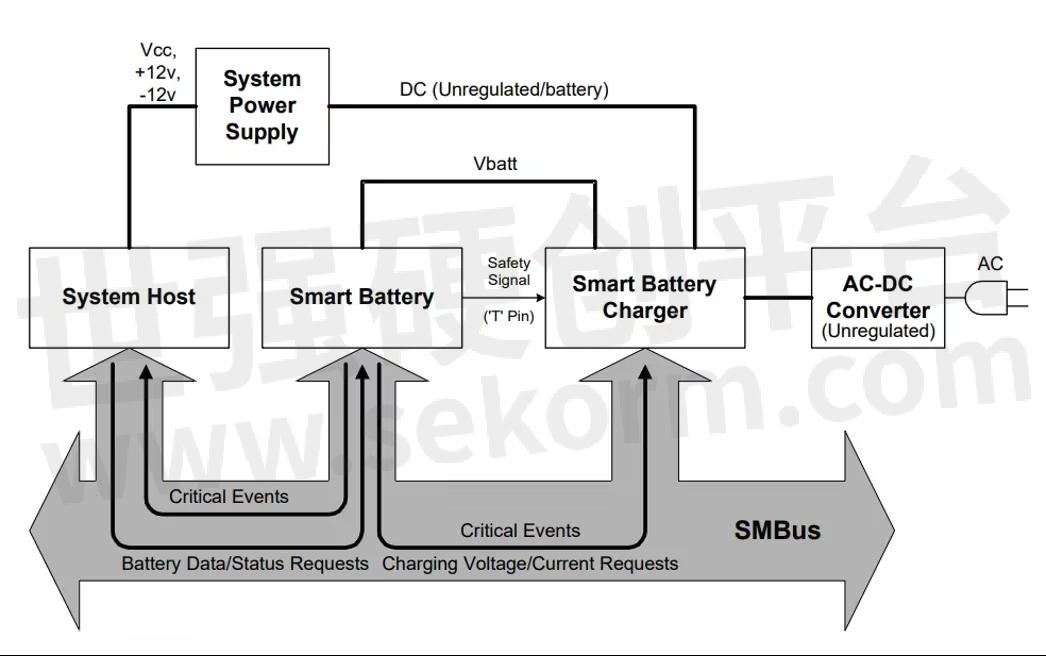
What are smart batteries, and how do they work?
Smart batteries are designed to be integrated into portable devices as part of a wider “smart power management system.” This system typically consists of a smart battery, a smart charger, and a system management bus (SMBus) that communicates between the different components.
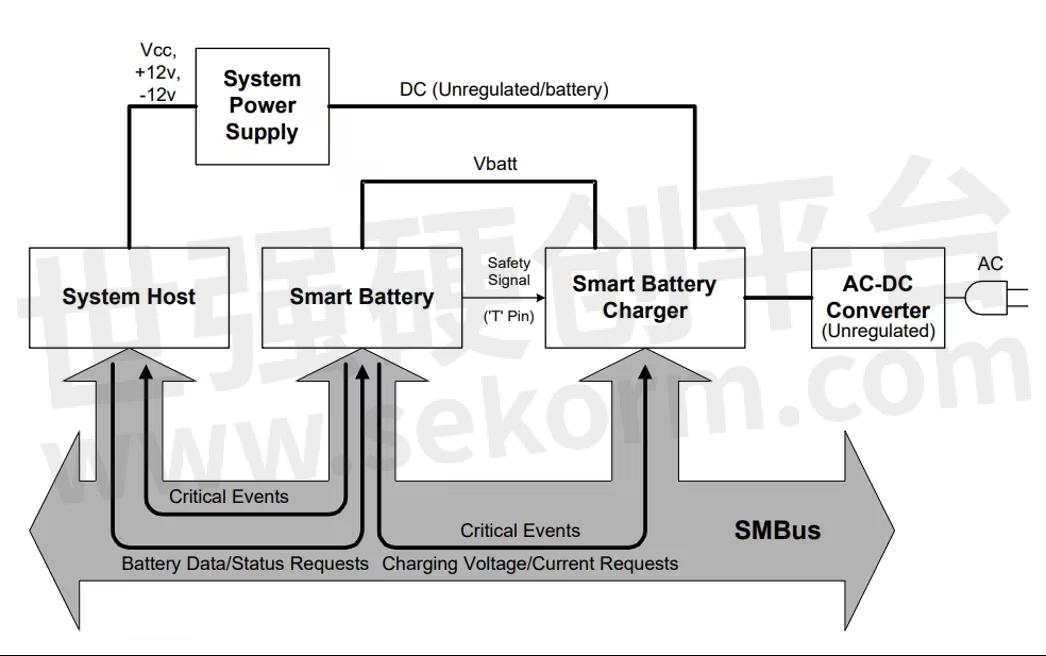
In a traditional portable device setup, any battery is just a “dumb” chemical power cell. Battery metering, residual capacity assessment, and any decisions about power usage are informed solely by readings “taken” by the host device. Such readings are largely guesswork, usually based on the voltage from the battery through the host device or readings taken from coulomb counters in the host.
However, in an smart power management system, the smart battery can highly accurately “tell” the host how much power it has left and how it wants to be charged.
Typically, the battery, smart charger, and host device communicate with each other to maximize product safety, efficiency, and performance. For example, an smart battery requests a charge only when needed rather than placing a constant, steady “drain” on the host system. As a result, smart batteries charge more efficiently.
The smart battery can also tell the host device when to shut down based on its assessment of remaining capacity, thus maximizing “runtime per discharge cycle.” This approach is far superior to typical “dumb” battery systems with fixed voltage cutoff.
As a result, host portable systems using innovative battery technology can provide the user with accurate and meaningful runtime information. This is critical for critical equipment where power failures are unacceptable.
Measurement and real-time monitoring
Smart batteries constantly track their capacity, whether charging, discharging, or removing equipment. Battery capacity is reported in milliampere hours (mAh) with a resolution of 1 mAh. Actual capacity is reported in mAh and as a percentage (original design capacity and time since the battery was last charged).
Battery meters calculate changes in battery capacity based on various factors, such as temperature, charge rate, discharge rate, and so on. Smart battery meters also tend to be adaptive, adjusting dynamically as the battery ages and its chemistry and ability to hold a charge change.
As a result, smart batteries can often predict their capacity to within ±1% (compared to ±20% accuracy with “dummy” batteries).
Smart batteries can also modify their charging algorithms in response to changing environmental conditions, thus extending the life of the battery. If a battery is charged when it is very cold or very hot, it can be damaged. Therefore, the Smart Battery will reduce the charging current when the battery is warm to minimize the possibility of damage and stop charging altogether when the battery is unusually cold or unusually hot.
Standardized Communication and Future Advantages
Smart batteries maximize charging efficiency and safety by requesting their charging voltage and current from a compatible smart charger. This approach ensures that the battery is only charged at the most appropriate voltage and current when needed.
“SMBus (System Management Bus) and SBDS (Smart Battery Data Specification) compliant” means that the Smart Battery conforms to open standards that OEM device developers can easily access.
The SBS (Smart Battery System) specification and the accompanying SMBus specification were created by Duracell and Intel in 1994 and involved transferring battery information over a two-wire communications bus. Together with the SBCS (Smart Battery Charger Specification) and SBSMC (Smart Battery System Manager Specification), the SBS standard describes all of the information that can be communicated between a smart battery, charger, and host device.
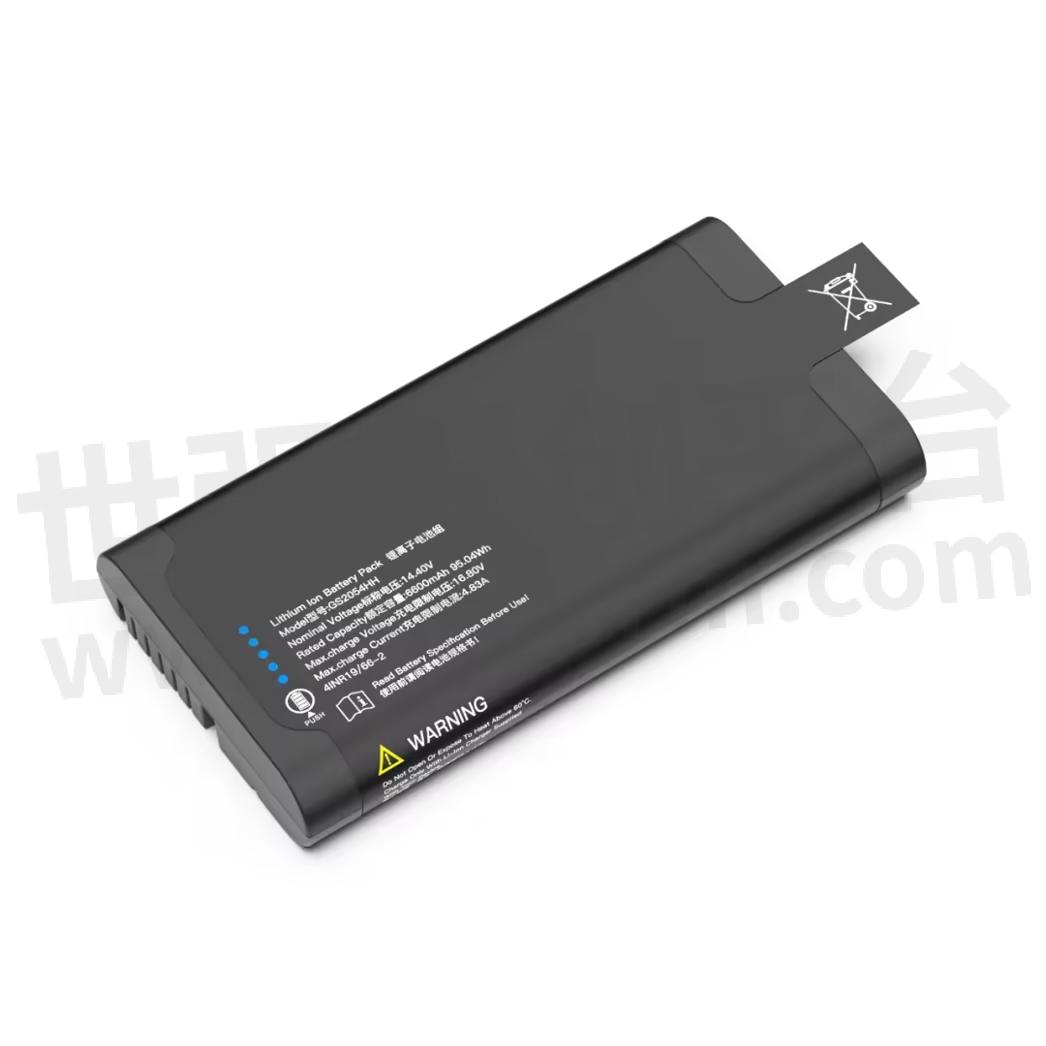
Thanks to the continuous communication of their status, charging profiles, etc., smart power systems can future-proof a product’s power supply: If newer battery technologies are developed (e.g., with higher storage capacity and different charging methods), these new batteries can be “swapped out” without the need to replace the charger in the field. Existing chargers would receive different charging instructions from the battery and adjust accordingly.
This simple fact tends to make smart power systems more economical in the long run, especially in the case of costly medical equipment or where battery life is at its longest (e.g., in anesthesia workstations, ventilators, and remote patient monitoring) and the use of smart batteries minimizes the cost of re-development.
Ease of Integration
Interestingly, we’ve found that customers think they need to do a lot of R&D to get batteries to work in their systems.
However, electronic component manufacturers such as Texas Instruments (TI) and Linear Technology have provided excellent, highly reliable, and highly integrated reference designs for their Smart Chargers and power management ICs. These reference designs make the integration of smart batteries very easy. In addition, the openness of the various communication protocols makes it easy for device software engineers to query the battery and extract useful information such as remaining capacity, remaining runtime, cycle life, and more.
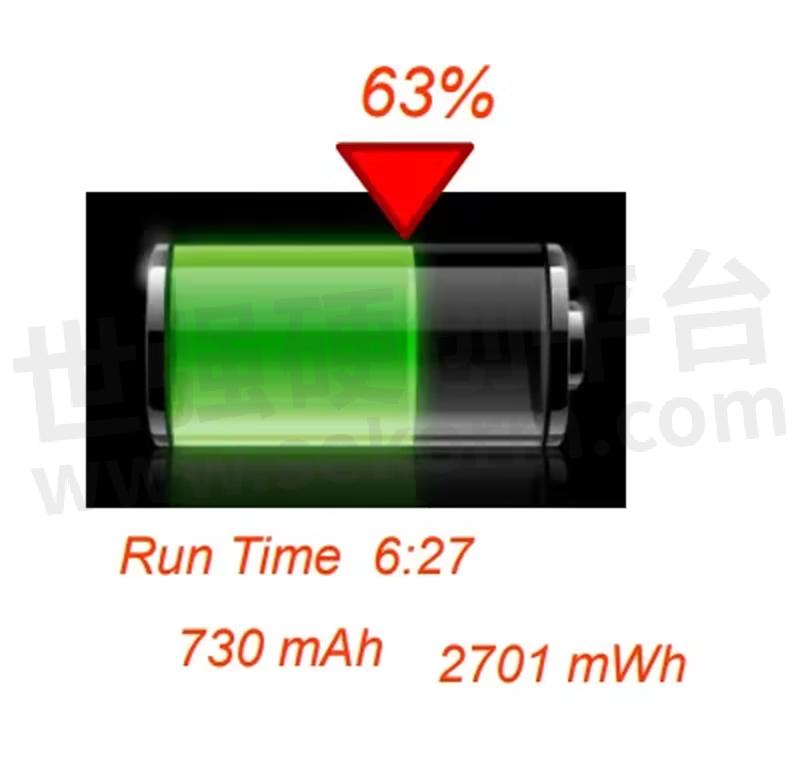
Smart Chargers
Despite the increased cost of batteries, smart batteries and smart charging systems offer the right choice for many portable devices, with clear advantages in terms of longevity, charging, safety, and long-term value.
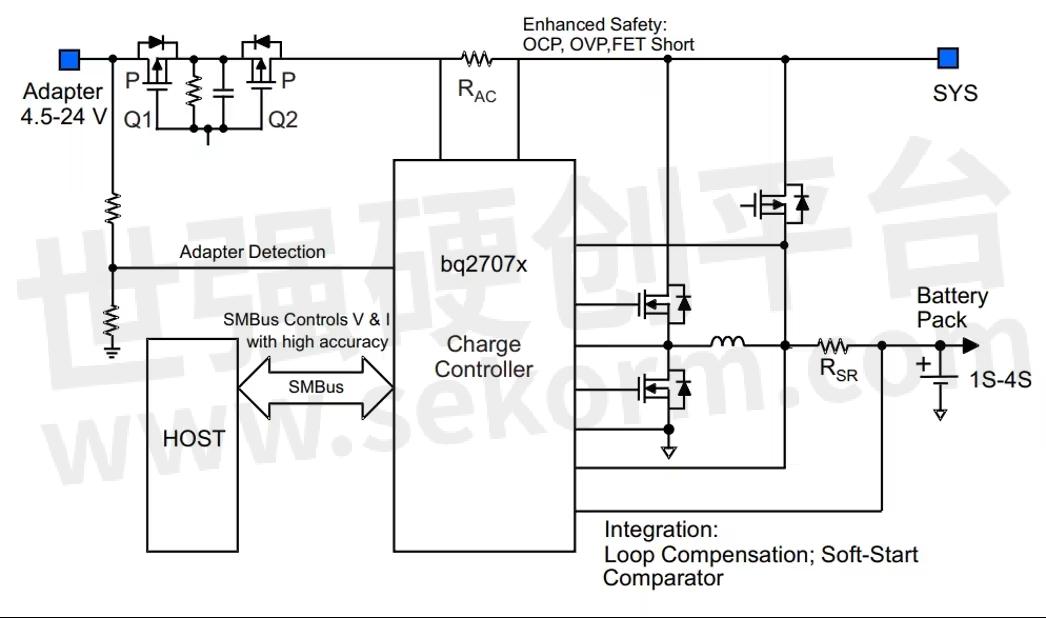
The market for smart charging systems is now quite mature. However, designers often need to pay more attention to options for implementing smart charging systems. In addition, the battery life and adaptability designers can expect from a given smart power technology are always changing. For this reason, we always recommend that designers work with a reliable third-party battery expert to ensure they specify the most appropriate smart charging solution for their device.
SMBus Communication FAQs
1. Checksum: The battery comes with a PSE checksum bit by default; if there is data corruption or data loss, the host can complete the checksum through the checksum bit, filtering out erroneous data in real-time current and average current. The last bit, 0x01, is the PSE check bit; the host can calculate the data obtained in front of the PSE (CRC-8 C(x) = x8 + x2 + x + 1) to get the check bit and compare whether it is the same as the check bit delivered by the battery.
2. Current reading conversion: Battery current distinguishes the battery charging and discharging state by +/-, discharging current is -, read as a signed number.
- |
- +1 赞 0
- 收藏
- 评论 0
本文由Ray转载自TEFOO Official Website,原文标题为:What Are Smart Batteries, And How Do They Work For Your Portable Devices?,本站所有转载文章系出于传递更多信息之目的,且明确注明来源,不希望被转载的媒体或个人可与我们联系,我们将立即进行删除处理。
相关推荐
锂电池配组标准是什么?
锂电池配组标准一般是基于电池的电压和容量进行规定的。对于串联连接的锂电池组,其总电压应等于每个电池的电压之和,容量则应与电池的最小容量相同。
技术探讨 发布时间 : 2024-07-13
锂电池与固态电池的区别
锂电池和固态电池都是二次电池的一种,但它们之间存在一些区别。
技术探讨 发布时间 : 2024-07-11
使用锂电池安全吗?
锂电池一般是安全的,但仍然存在一些安全隐患。锂电池的安全问题主要源于其内部化学反应产生的高温、热失控、电化学反应等。
技术探讨 发布时间 : 2024-08-01
1-Cell protection IC R5613 Series for Li-Ion/Li-Polymer batteries with Reset and Forced Standby function
The R5613 is a primary battery protection IC for rechargeable 1-cell Lithium-Ion and Lithium Polymer batteries. It is designed to enforce strict usage limits keeping the battery cell in optimal condition and preventing critical overload conditions. Target applications are Li-Ion batteries or battery packs for portable devices such as smartphones, smartwatches, fitness trackers or other electronic gadgets.
产品 发布时间 : 2023-07-10
TEFOO‘s Smart batteries Can Provide Efficient Power Solutions for Film Equipment
Smart batteries can provide efficient power solutions for the film and television industry, compared to traditional lithium batteries. The smart battery can accurately understand the time remaining for the camera or tape recorder to accurately control the shooting plan.The smart battery adopts a detachable structural design, which can provide an uninterrupted power supply experience for film and television equipment.Our battery packs are compact in design and have the highest energy density, which can reduce the weight of the photographer’s or sound recordist’s equipment.
应用方案 发布时间 : 2024-07-15
TEFOO‘s Smart Lithium-ion Battery Packs: Standardized for Global Reliability, Certified, and Available for Fast Delivery, Utilized in Instrumentation Applications
TEFOO has extensive experience in designing and developing smart lithium ion battery packs and chargers for a wide range of applications in industrial probes, instrumentation, medical equipment, military equipment, and other equipment markets. TEFOO 15 years of experience will ensure that your batteries meet quality and cost targets, drive successful product launches, and allow you to start making money sooner.If you have an application that requires a battery-powered solution, TEFOO will help you come up with an idea, define the details, and complete a successful design effort on time and wit
应用方案 发布时间 : 2024-07-13
TEFOO ENERGY Has Been Provided Lithium-ion Battery for Medical Equipment for More Than 15 Years
TEFOO ENERGY provides customers with state-of-the-art standardized lithium-ion battery pack solutions to meet the requirements of customized medical devices. TEFOO independently qualifies all batteries in their in-house test labs to ensure that they operate as required to minimize supply risk and maintain high-quality production standards, which are critical for medical devices.
应用方案 发布时间 : 2024-07-12
RRC(欧亚斯)电池组和电源管理产品选型指南
目录- Smart Batteries and Accessories
型号- RRC-SCC1120,RRC-SMB-CAR,PS65M,RRC3570,RRC2020,RRC-SMB-FPC,RRC2140,RRC2040,RRC11XX,RRC2057,RRC-SMB-DBC,RRC1120,RRC2054,RRC203X,RRC2037,RRC205X,RRC-SMB-MBC,RRC2054-2,RRC204XX,RRC205XX,RRC-SCC1130,RRC-SMB-UBC,CAR120A,RRC-MC-20-SERIES,RRC-MC-21-SERIES,PS65,RRC2130,RRC-SMB-UBC-DIS,CAR70M,RRC-MC-11-SERIES,RRC2024,RRC1130,RRC-PMM240,RRC20XX,RRC204X,RRC21XX,RRC-MC-20,PS90M,RRC-SBC2037,RRC2040-2,RRC-MC-21
Smart Batteries and Accessories PRODUCT PORTFOLIO
型号- RRC-SCC1120,RRC-SMB-CAR,PS65M,RRC-PMM20,RRC3570,RRC2020,RRC2140,RRC-SMB-FPC,RRC2040,RRC2057,RRC11XX,RRC-SMB-DBC,RRC35XX,RRC1120,RRC2054,RRC2037,RRC205X,RRC2054-2,RRC-SMB-MBC,RRC-SMB-HBC,RRC-SMB-UBC,RRC-SCC1130,CAR120A,RRC-MC-20-SERIES,RRC-MC-21-SERIES,PS65,RRC-PMM35,RRC2130,RRC-SMB-UBC-DIS,CAR70M,RRC-MC-11-SERIES,RRC2024,RRC1130,RRC20XX,RRC204X,RRC21XX,RRC-MC35-180-30,RRC2040-2,RRC-SBC2037,PS90M
RRC-SMB-HBC Standard battery charger for smart batteries TECHNICAL DATA SHEET
型号- 110311,RRC-SMB-HBC
电子商城
服务
使用FloTHERM和Smart CFD软件,提供前期热仿真模拟、结构设计调整建议、中期样品测试和后期生产供应的一站式服务,热仿真技术团队专业指导。
实验室地址: 深圳 提交需求>
针对电子系统中的详细传热和流体流动模拟进行优化,可准确分析复杂的两相冷却组件(如热管/均热板),量化利用率,并警告是否干涸。
实验室地址: 深圳 提交需求>




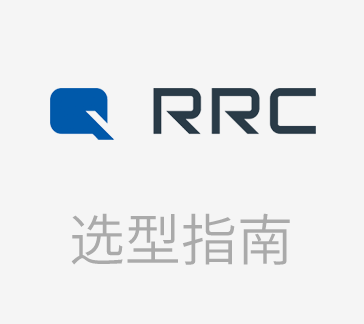






















































































































































































登录 | 立即注册
提交评论